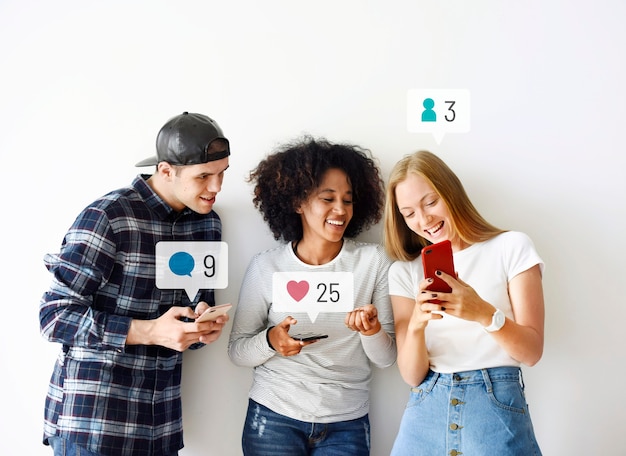I stumbled across this presentation last week and sat on it for several days while I thought about it, and its implications for learning. It jumps around a bit, but some of the ideas were interesting. The central claim of the presentation by Laurent Francois is the digital influence is changing, moving from mainstream influencing to original, mono-topic exploration through transmedia publishing. In this way, visual content from Pinterest and video content from YouTube is broadcast from Twitter and expounded on blogs.

And content becomes more ‘mono’–that is more narrow and more vertical. Instead of ESPN for example operating a channel about sports, they should fragment into strands of sports that publish across digital networks–so Brazilian football, female track-and-field athletes, East Coast basketball legends, etc.
The argument seems mostly sound. Mainstream channels have been replaced by less-so-but-still-clearly mainstream blogs en masse, and Francois is arguing that further evolution will see blogs as only one piece of a larger publishing strategy–and becoming more niche at the same time. And as a result, no-stream is the new main-stream.
Reading, writing, and thinking have always been the cornerstone of modern formal learning processes, and obviously, that continues to hold true even as the internet twists and squirms to re-spawn in different forms. But clearly, we are using information differently, making how we make it available, how we curate it, and the avenues and channels we access it through increasingly important.
1. Establish and model efficient, non-Google-but-still-digital methods of research
2. Publishing platform is increasingly an editorial choice and matter of design, so un-tether how learner digital content is published
3. Artistic and even mathematic curation of content is a microcosm of how learners view information. Curation is a learning strategy–or at least a unifying learning strategy for so many others.
4. Direct instruction is not the future. Instead, give them room (and accountability) to seek out their own entry point into new content. Providing them with well-equipped social and digital playgrounds and simulations in which to learn is one step in the right direction. This doesn’t suggest an approach where students learn ‘whatever they want’ while rejecting “boring stuff,” but rather that we reconsider the concept of content areas.
5. Let the learners create their own learning. As they use increasingly powerful digital tools to refract information from Instagram to Twitter, perhaps we could take a step or two back and watch them go.
source https://www.jbklutse.com/let-students-create-their-own-learning/

No comments:
Post a Comment